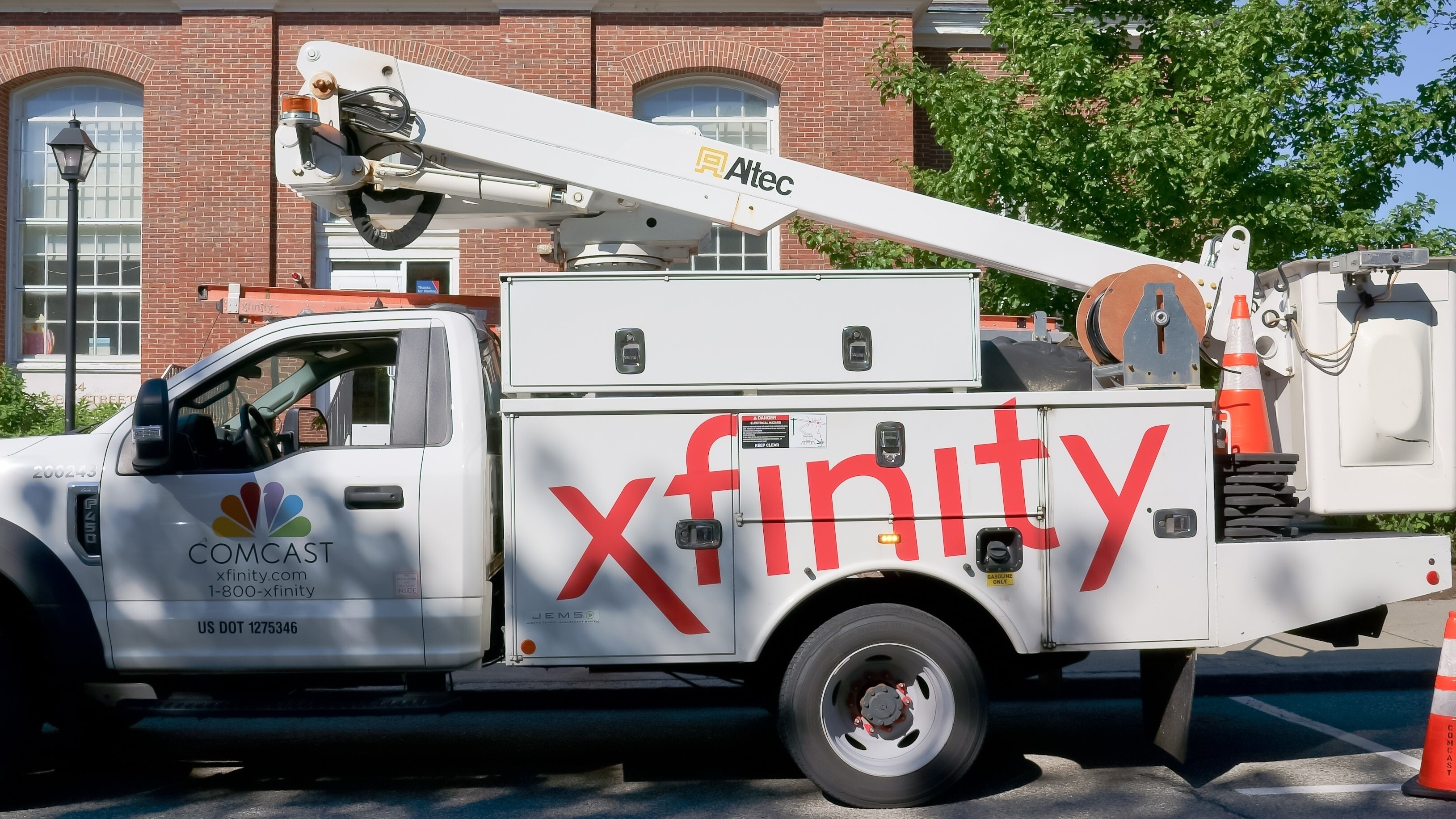Comcast's L4S low-latency tech promises up to a 78% latency reduction, testing begins in select cities
Currently being rolled out in limited testing markets, but intended to extend to all Xfinity customers with time.

According to comments made to The Verge this morning, Comcast is now rolling out a new latency reduction technology, L4S, to its Xfinity Internet service customers in select cities. The company plans to eventually roll out the feature to all its Xfinity Internet customers.
According to Comcast spokesperson Joel Shadle, L4S trials have shown that "we were able to reduce working latency—the latency under normal conditions in the home when people are using the Internet—by 78 percent."
L4S, which stands for "Low Latency, Low Loss, Scalable Throughput," is a technology that assigns indicators to packets of Internet traffic. These indicators show when traffic gets congested from point A to point B, allowing the devices on either end to adjust to this issue. In theory, this should reduce or even eliminate congestion.
Of course, this doesn't magically increase bandwidth, especially throughput in raw download/upload speed. However, more intelligent traffic routing and management on the client and host sides can make a big difference. Comcast has been developing and testing this with help from Valve, Nvidia, and Apple. This should mean improved performance with game streaming, online gaming in general, and real-time video calling (mainly through FaceTime).
For those familiar with Internet traffic, you may already know the concept of "QoS," or Quality of Service. Quality of Service typically happens within a router or a data center, where packets are sorted by type and latency sensitivity to ensure real-time gaming and video streaming function as intended. Not all QoS implementations are created equally, though, and it's usually understood as an optional router setting.
Comcast is now doing L4S similarly, but it is a bit more advanced to allow for more dynamic traffic adjustments even within specific types of traffic, not just how that traffic is allocated within given bandwidth constraints. While hands-on testing of L4S has yet to be seen, lowering latency for online calls or gaming, especially game-streaming, is imperative for a consistent and reliable experience. And trust me: playing competitively in today's market of high-refresh rate monitors and high-end PCs owned by your opponents, you want every bit of latency reduction you can get.
Don't be a weird monster who insists on running games at uncapped framerates. If you're too lazy to find the right in-engine FPS cap, please set a framerate cap, even Nvidia Reflex or AMD Anti-Lag 2. Variable framerate means variable input lag, and maximizing GPU resources contributes to higher input lag in general and worsens performance dips where they occur since you have no overhead to compensate.
Get Tom's Hardware's best news and in-depth reviews, straight to your inbox.

Christopher Harper has been a successful freelance tech writer specializing in PC hardware and gaming since 2015, and ghostwrote for various B2B clients in High School before that. Outside of work, Christopher is best known to friends and rivals as an active competitive player in various eSports (particularly fighting games and arena shooters) and a purveyor of music ranging from Jimi Hendrix to Killer Mike to the Sonic Adventure 2 soundtrack.
-
DS426 Reply
Yeah, lol.nightbird321 said:Was this article written by AI? That last paragraph is unhinged lol. -
bit_user This is a live issue for me, since latency affects interactive stuff I do when working from home.Reply
I wish they'd say more about device compatibility. I only upgraded my modem 2 years ago, but I'd be willing to consider another upgrade if the gains were substantial. -
usertests Reply
A weird monster wrote it.nightbird321 said:Was this article written by AI? That last paragraph is unhinged lol.
Big claim here. Hopefully some day we get to communicate directly by beaming neutrinos at each other. -
kanewolf Reply
My guess is this will be implemented on their switch hardware. No change in the first hop from your modem. There is no alternate path to change to.bit_user said:This is a live issue for me, since latency affects interactive stuff I do when working from home.
I wish they'd say more about device compatibility. I only upgraded my modem 2 years ago, but I'd be willing to consider another upgrade if the gains were substantial. -
bill001g QoS packet marking has been available since the ip protocols were defined 30 years ago. This is nothing new and they still have not solved the major problems. First everyone will just mark all their data to be the highest and fastest class. Next all ISP must agree on what the marking mean and which traffic gets priority. And third this violates the concept of net neutrality people are all up in arms about. So if some game company pays extra their traffic is prioritized over other game companies.Reply
This project is all marketing speak. Comcast can do nothing by themselves unless the game companies and server location have direct connection to the comcast network with no other ISP in between. It still doesn't solve the issue of people like me who when the document the packet markings will mark all his traffic high priority.
Almost all ISP have abilities to detect overloaded connections and move some traffic to other less loaded connections. This though tends to increase the latency for the people whose traffic takes a different path.
I agree the whole bottom of the article is completely idiotic written by someone who has no idea how network latency really affects games. The refresh rates of monitors and video cards is massively faster than any network connection. -
TheyCallMeContra Replynightbird321 said:Was this article written by AI? That last paragraph is unhinged lol.
The editors made an undesired change to it- I don't know why- that first sentence originally ended with "though", which greatly improves the flow.
But also, no. I god damn hate generative AI and everyone with anything to do with it. You can check my history of published articles if you're unsure. My advice regarding uncapped framerate is simple matter-of-fact but also rooted in my own competitive gaming experience. Seemed worth noting in the article about latency reduction, but, you know, whatever. Just call any stylistic choice you don't understand AI, huh?
Weak. Will not survive the Winter. -
TheyCallMeContra Replybill001g said:I agree the whole bottom of the article is completely idiotic written by someone who has no idea how network latency really affects games. The refresh rates of monitors and video cards is massively faster than any network connection.
also- input lag is input lag, whether enforced by networking or local hardware, and I promise I have more competitive gaming experience than you do.